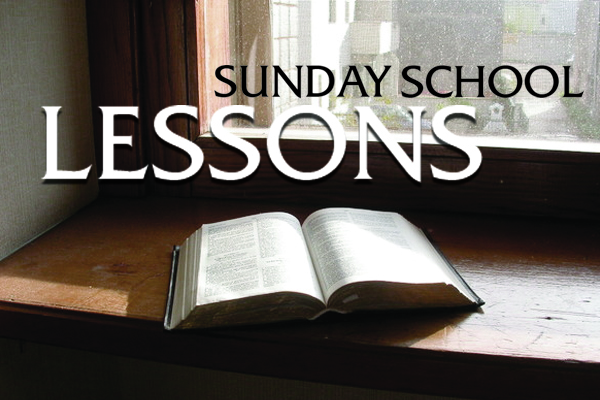By Jim Barnette, Ph.D.
Samford University and Brookwood Baptist Church, Mountain Brook
Jesus Teaches
Mark 4:1–9
At my ministerial ordination service, Toby Nutt, friend and son of the beloved humorist Grady Nutt, stepped forward and laid his hands on me. Grady had died in a tragic plane crash some seven years earlier. “Jim,” Toby said as he pressed his hands atop my head, “if Dad were here, he would say something about the Parable of the Sower, then he would tell you to go out there and be good dirt.” I will never forget that simple but beautiful word of commission based on this simple and beautiful parable of Jesus. By equipping ourselves for His service, we become rich soil by which the Holy Spirit bears the fruit of salvation for those with ears to hear.
All people have access to the truth. (1–2a)
In Chapters 1–3, Mark has depicted Jesus challenging three groups to join in His kingdom work: the disciples who have committed to Him (see 1:16–20; 3:13–19), the crowds who admired Him but were not committed (1:21–45; 3:7–12), and the authorities who have rejected Him and plotted His death (2:1–3:6; 3:22–30). The four soils in this parable correspond to these groups: the authorities (first soil), the crowds (second and third soils) and the disciples (fourth soil).
“Parable” comes from the Greek “parabolos,” which literally means “to throw beside.” Instead of simply offering a maxim like “love one another,” Jesus would “throw” a story beside that maxim which would bring it to life and provoke a choice on the part of the hearer. Like other types of story, parables have a participatory power that draws in listeners (or readers) to the point that they recognize something about themselves. Hence, John Claypool’s description of parables as “windows that become mirrors.” In presenting this particular parable, Jesus sits in a boat because of the large crowd on the shore. He sat in the boat, taking the position that rabbis used when teaching (they stood when preaching).
Not all people obey the truth. (2b–7)
Some seeds “fell along the path.” Roads and walking paths in the ancient world did not skirt around property but passed right through fields. No farmer would throw seeds on the hard-packed road deliberately but the wind could carry the seeds onto the road. Some seed fell “on rocky places.” In areas of Galilee there was a layer of limestone a few inches beneath the surface that produced a shallow soil that trapped rain and kept it from penetrating deeply. Plants would burst forth out of the soil because of the trapped water. But the limestone kept the roots from growing deep into the soil. The hot sun in between rains would deplete the moisture from the shallow soil so that the plant withered quickly and then died. The “thorns” was likely a type of weed with large roots that would steal moisture from the soil and “choke” the good plant.
Obeying the truth will produce fruit. (8–9)
With hard work and favorable weather, a farmer could expect a crop of 10 to 12 times what he had sown; that was considered a normal yield. What is not expected is a yield from the good soil of “thirty and sixty and a hundredfold.” At this surprising turn in Jesus’ story, a wise hearer might walk away shaking his or her head, convinced that Jesus knows nothing about farming. But Jesus’ provocative twist is asking us a vital question about the kingdom of God: Is the everyday world the real world, or is the real world one in which God provides an extravagant life that begins now and lasts eternally?




Share with others: